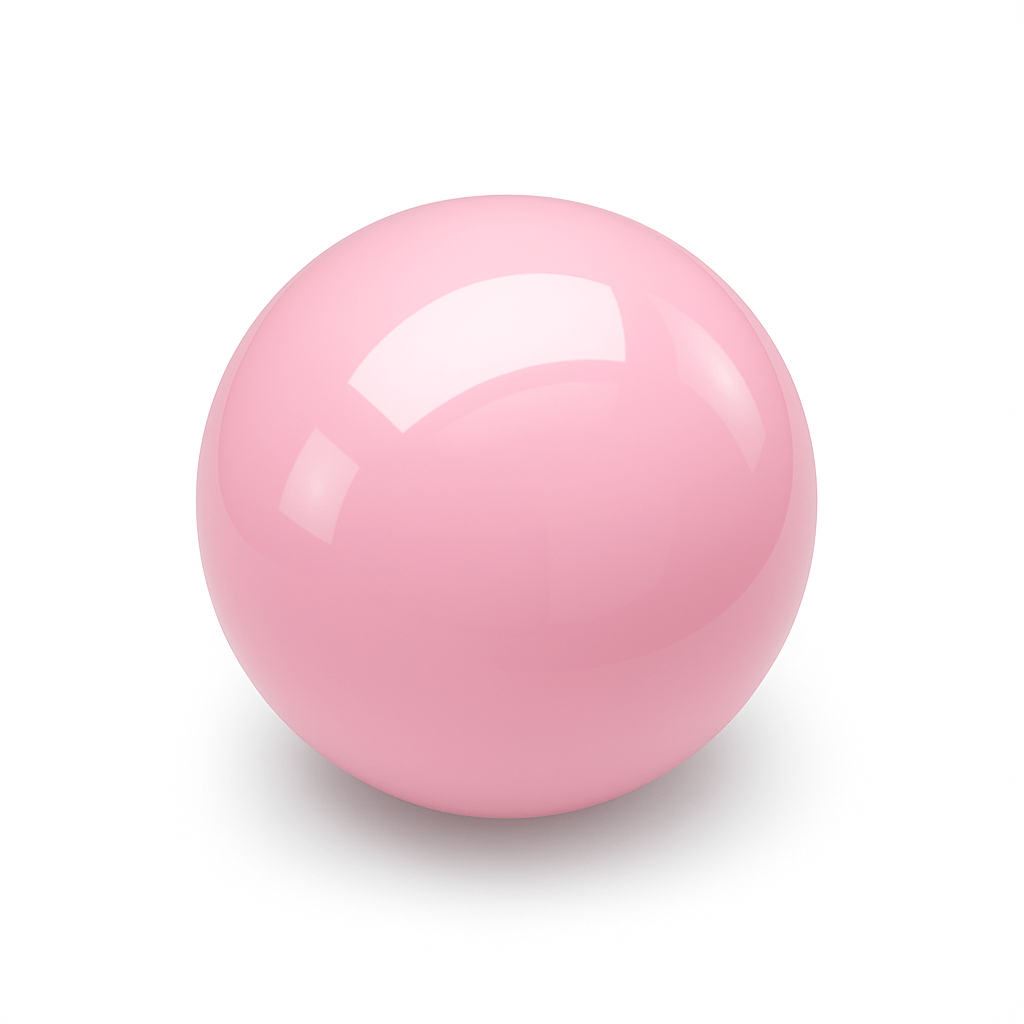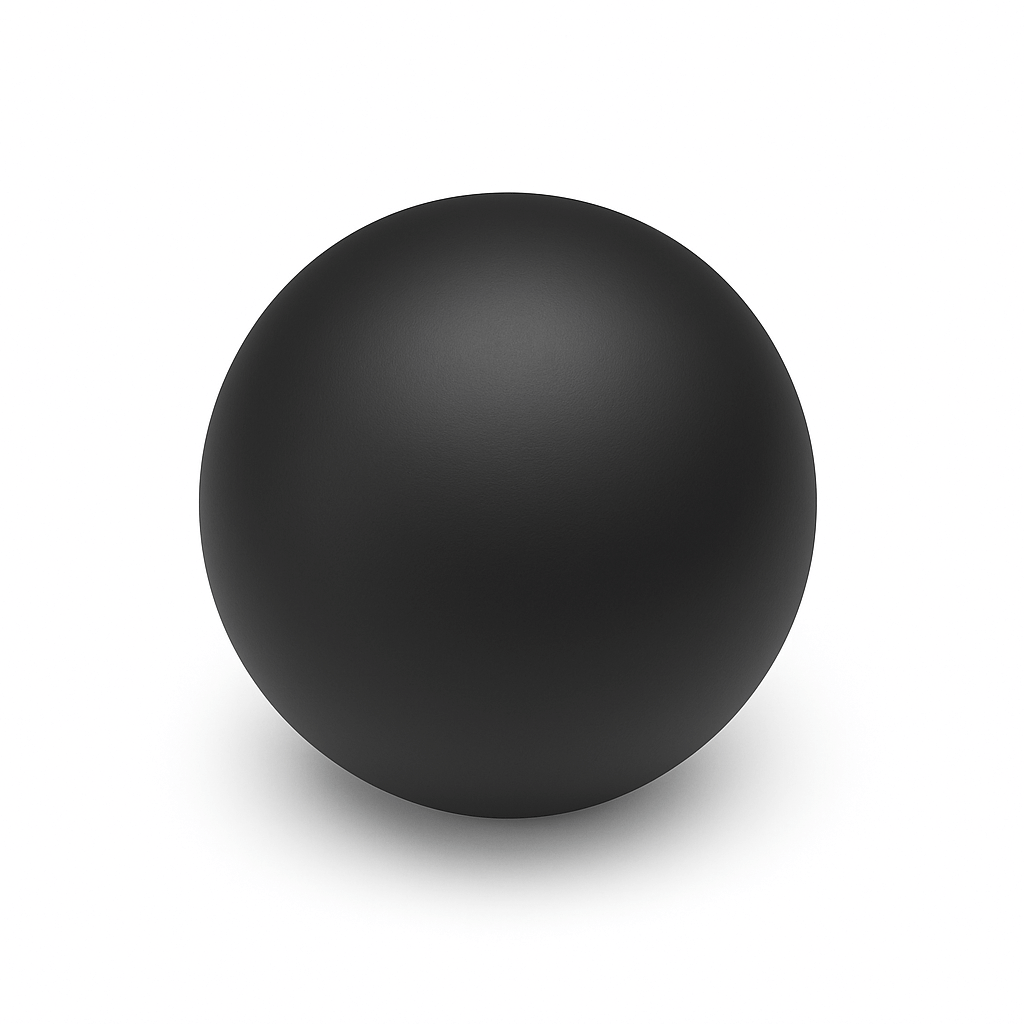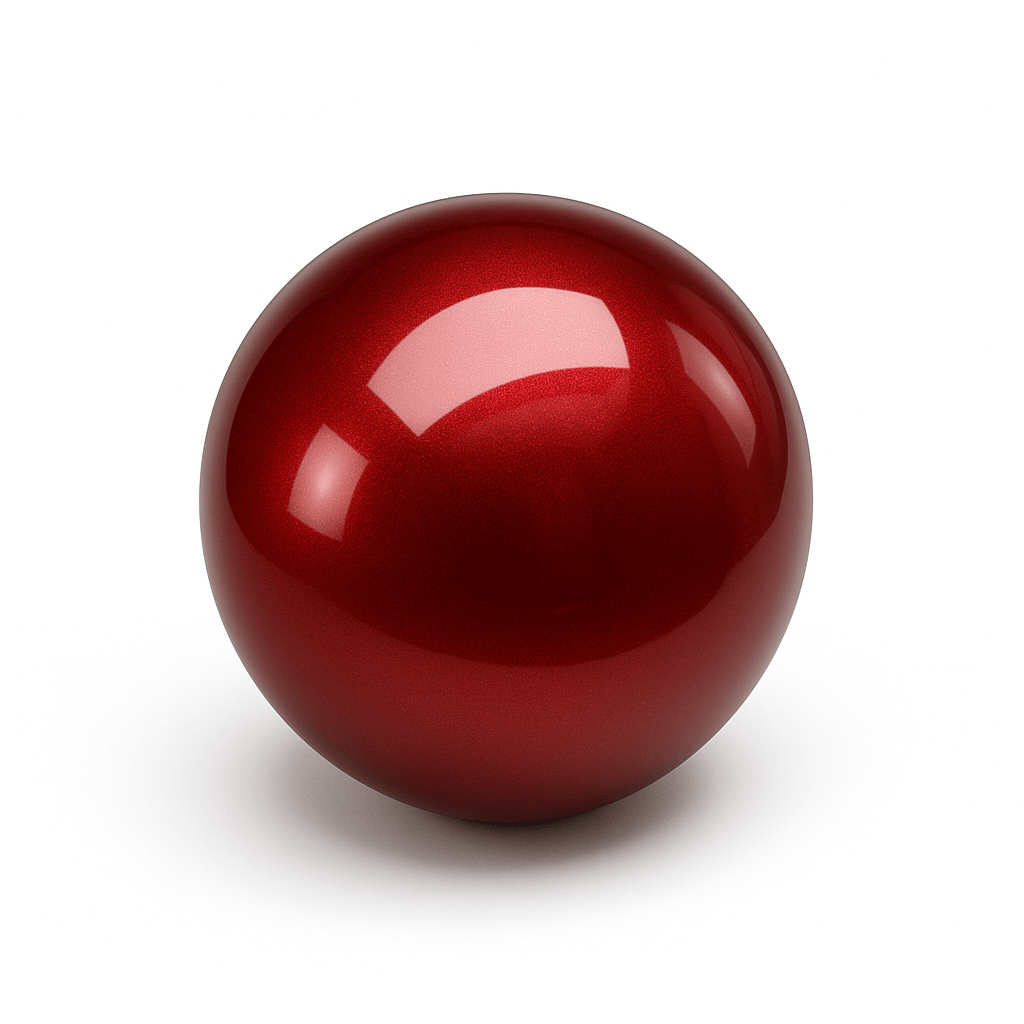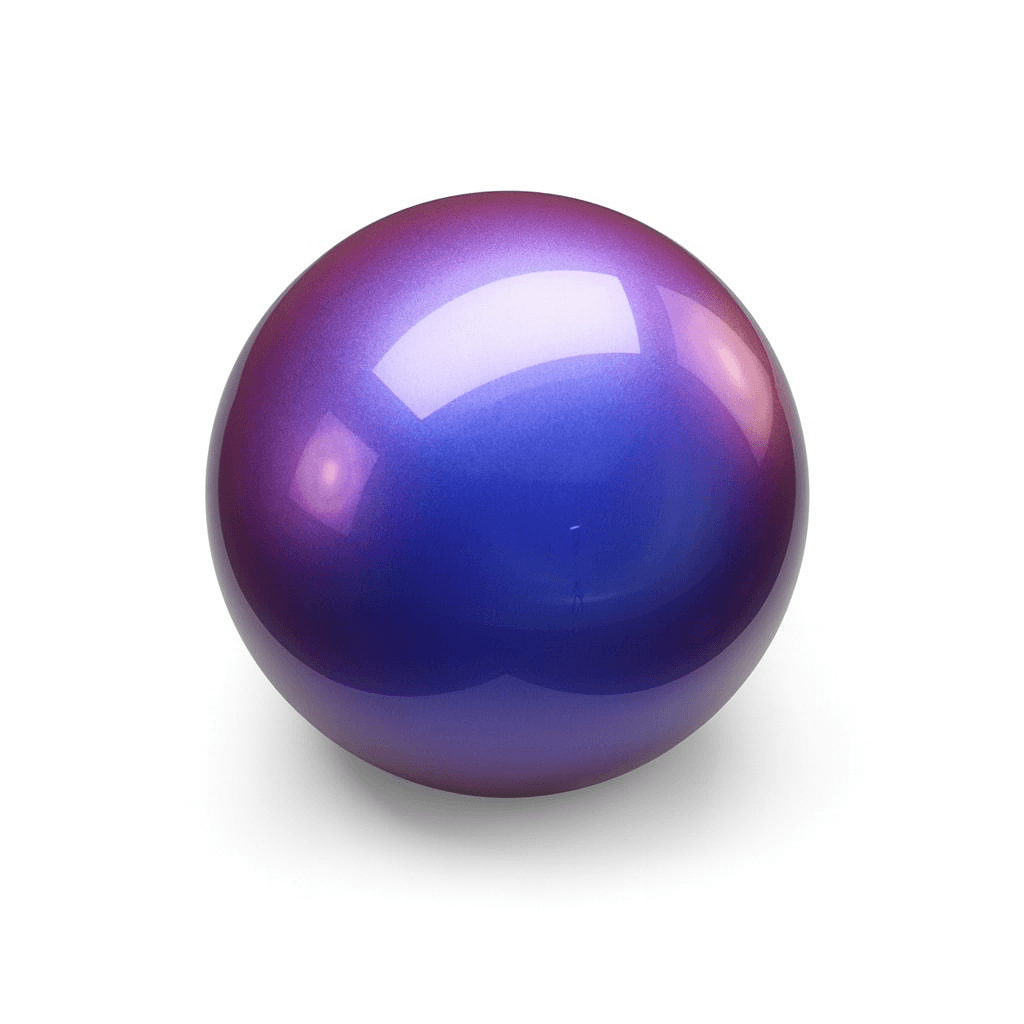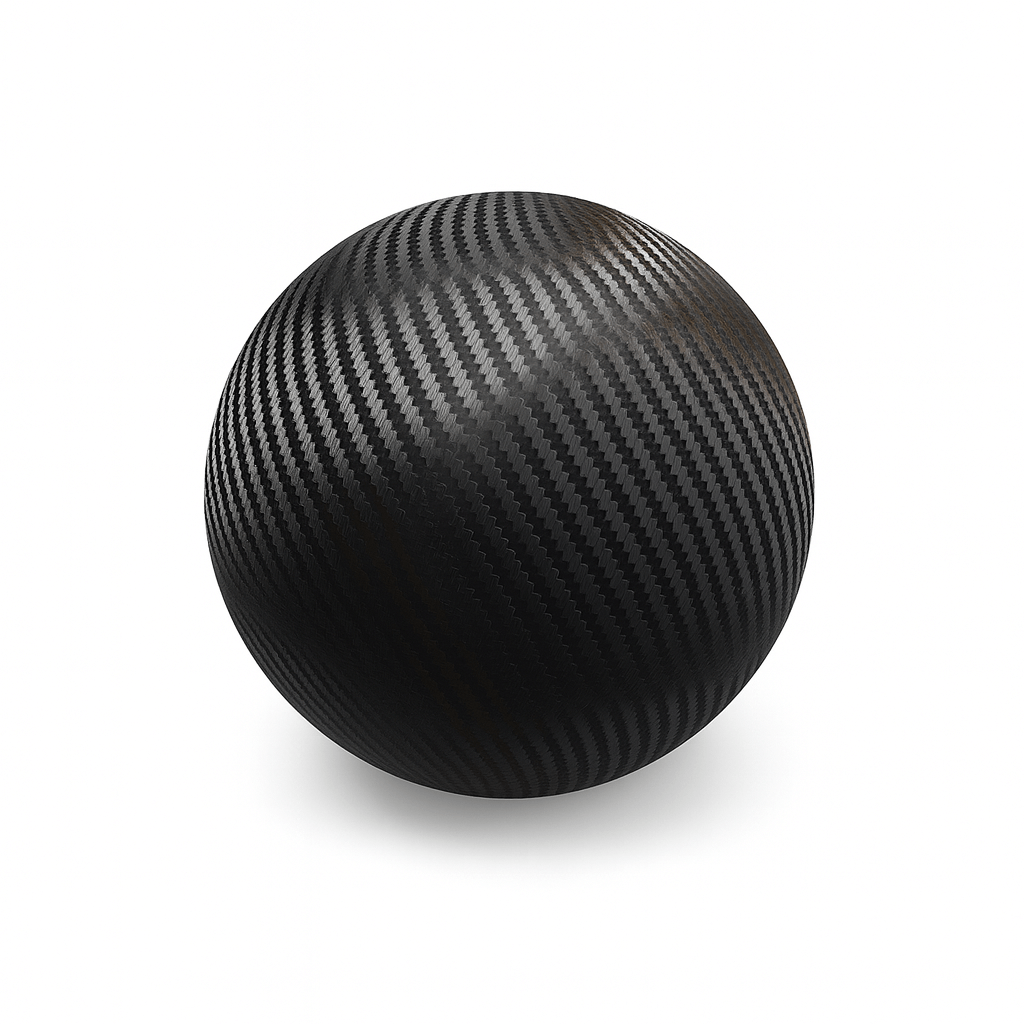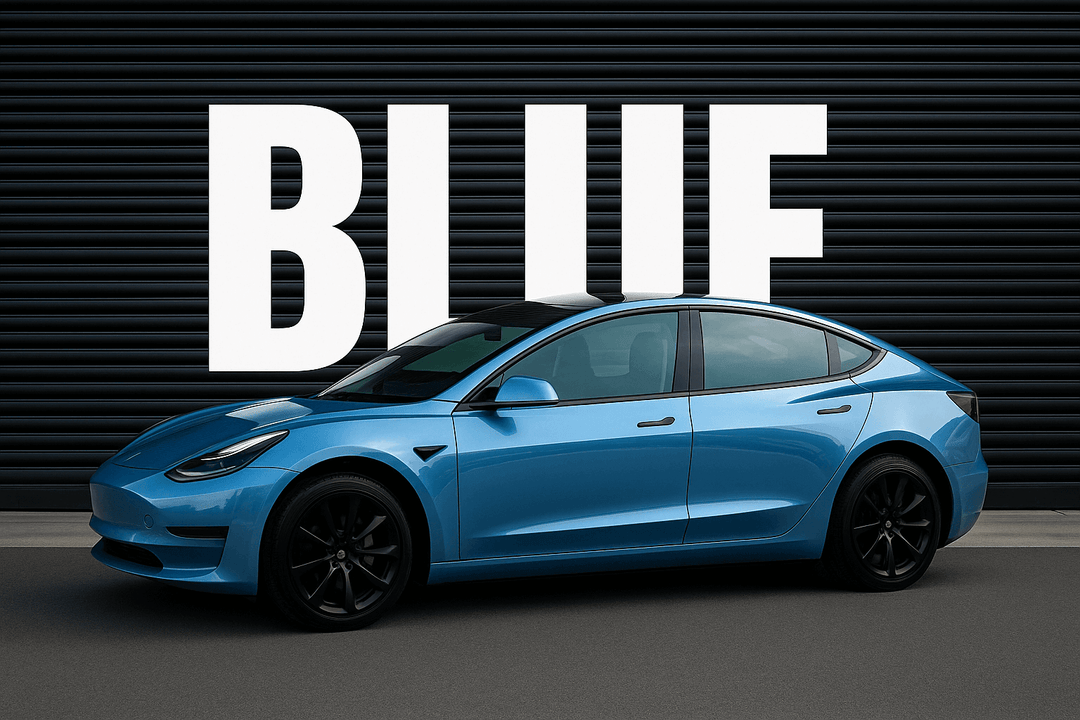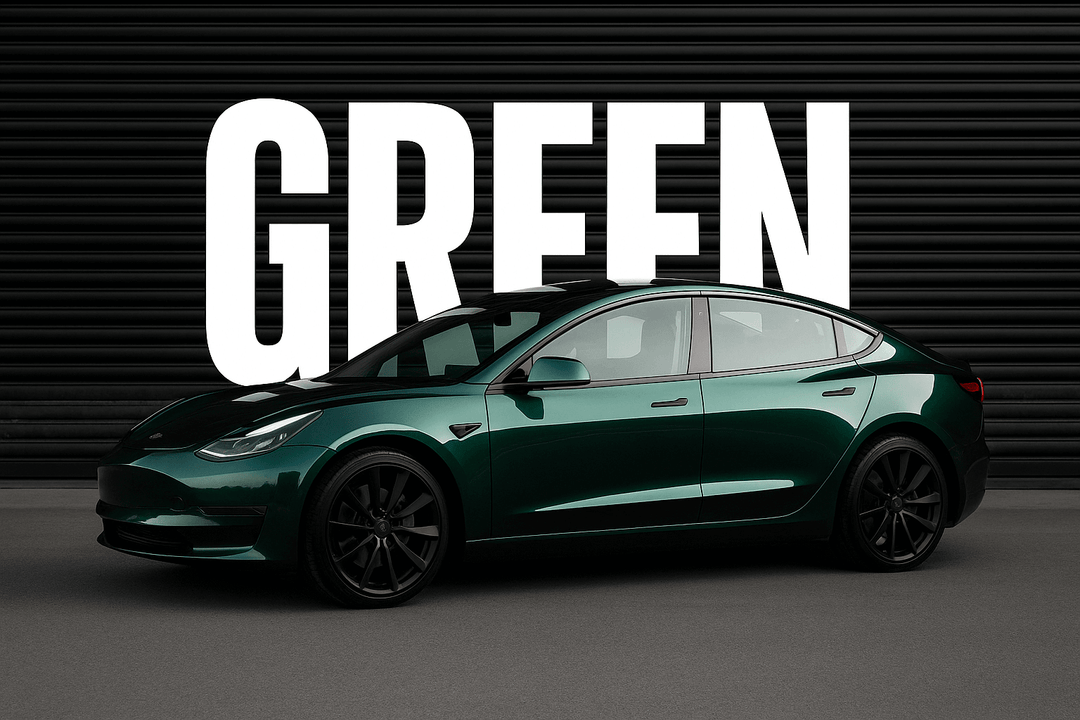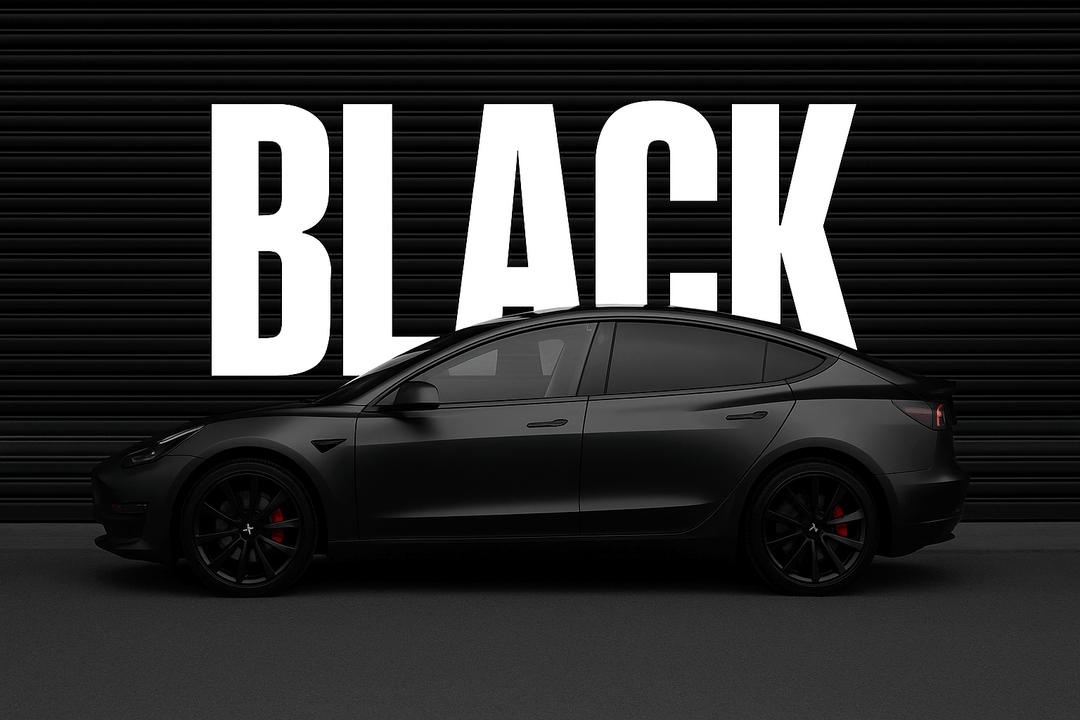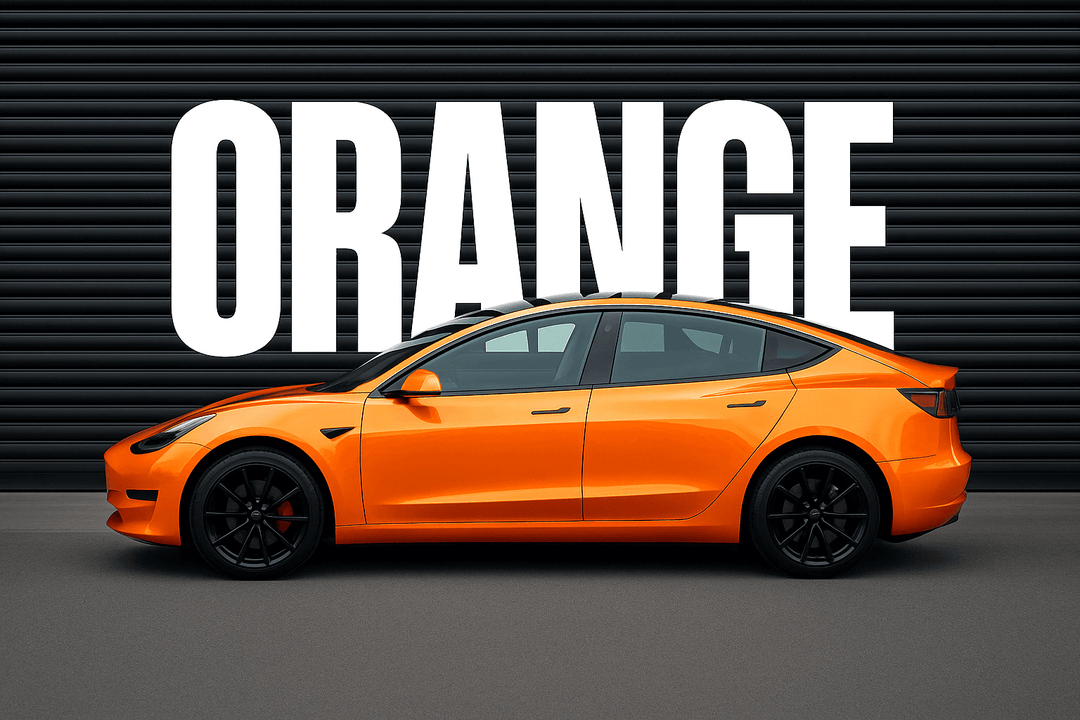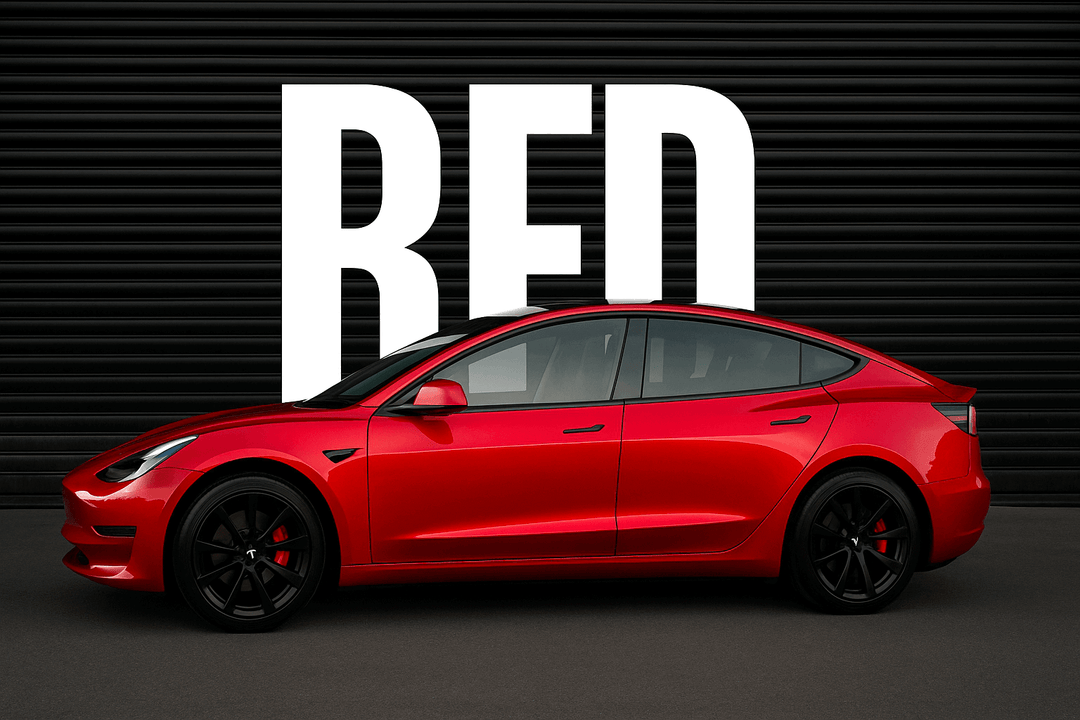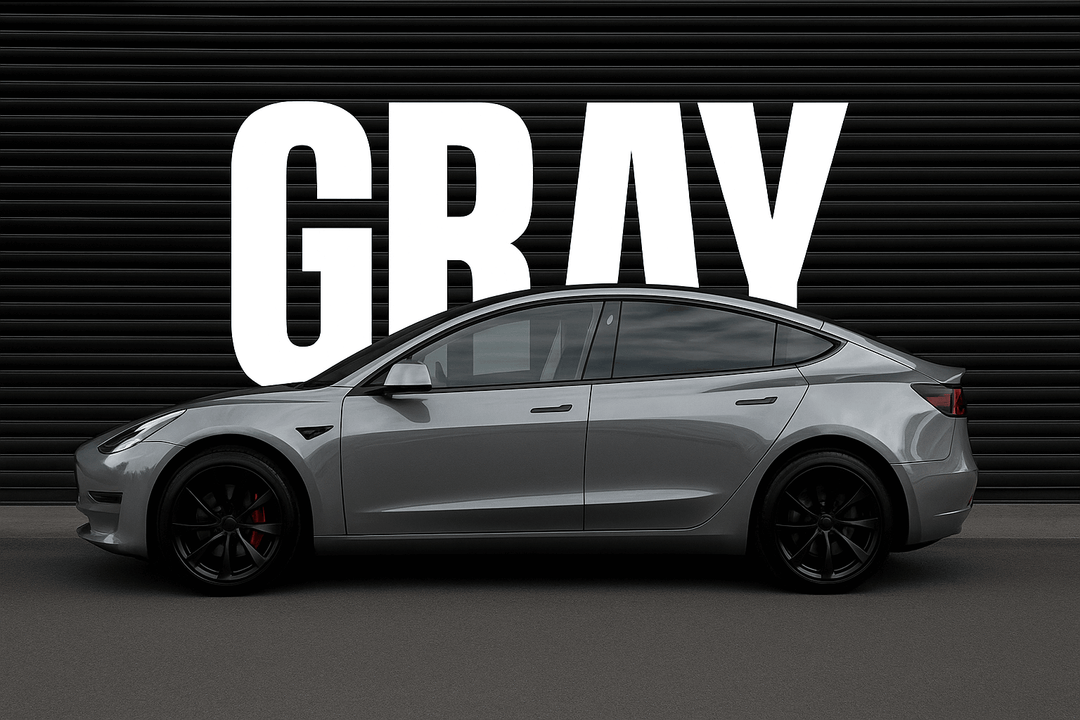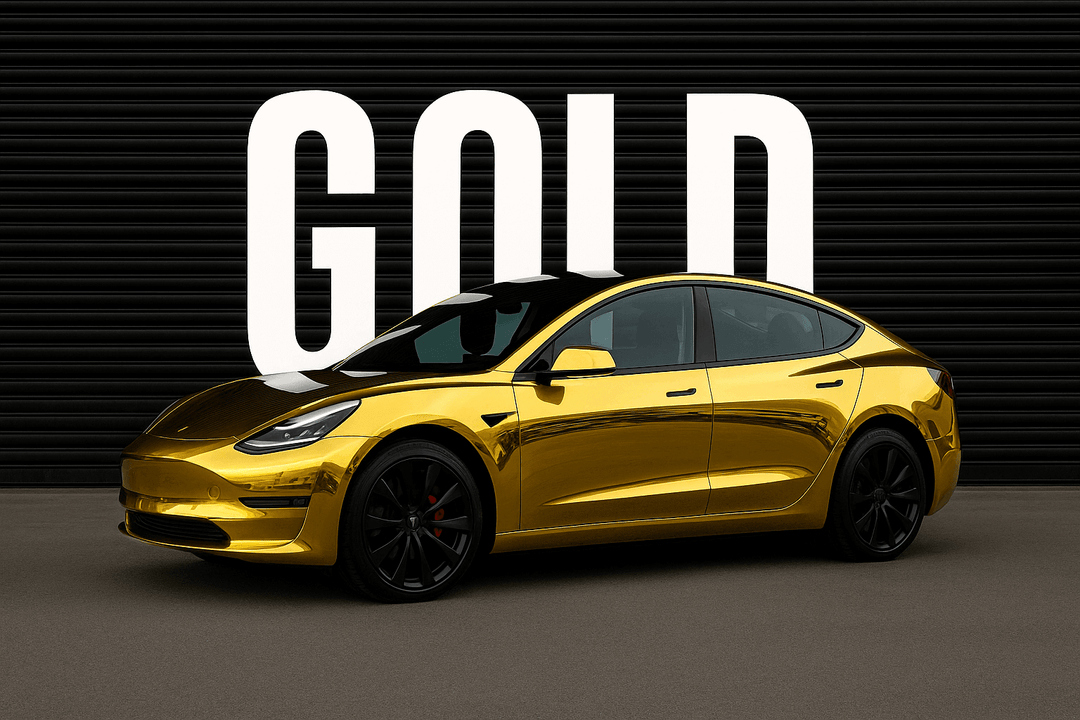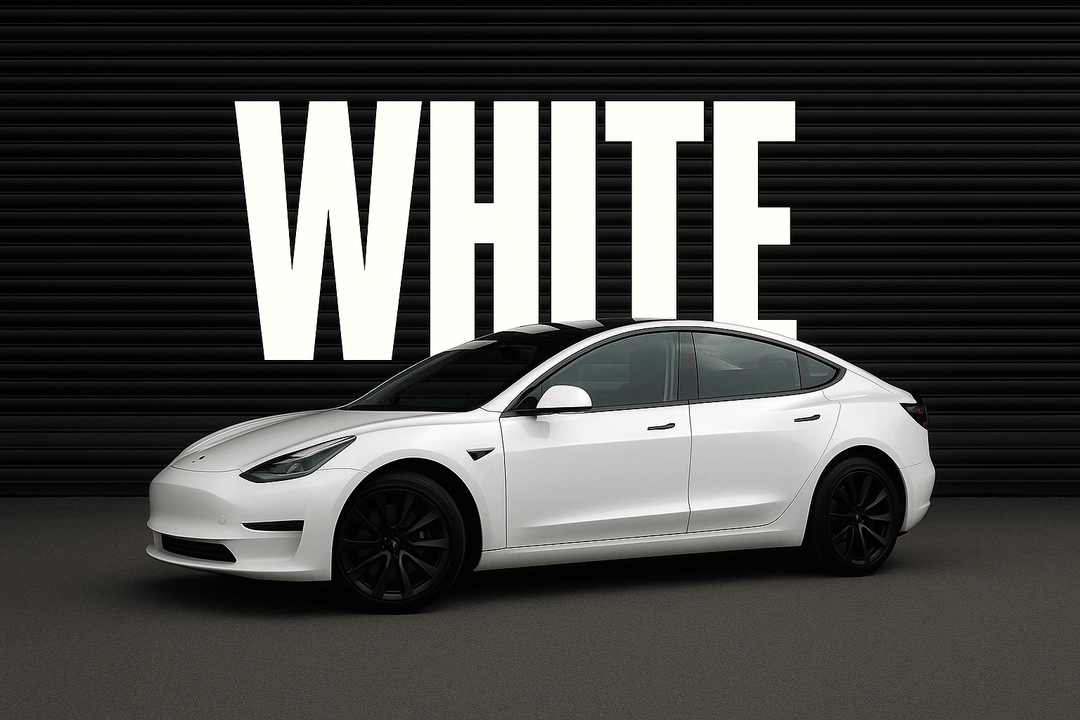Does Paint Protection Film Work? Is It Worth It?
Protecting your vehicle’s finish goes far beyond waxing or washing. While every car leaves the factory with a clear coat to defend against the elements, that thin layer alone isn’t enough to stop rock chips, scratches, or UV-induced fading over time. Most car enthusiasts and daily drivers alike have seen the telltale signs of worn-out paint—oxidation, discoloration, and peeling clear coat that make even high-end vehicles look tired.
Enter Paint Protection Film (PPF)—a high-tech, nearly invisible urethane film applied to your car’s most vulnerable surfaces. Whether you're driving a brand-new Tesla or a weekend track car, PPF is quickly becoming the gold standard for exterior protection. But with its rising popularity comes an important question: Does paint protection film really work, and is it worth the cost?

This guide will break down how PPF works, its benefits, potential drawbacks, and whether it's a smart investment for your vehicle.
What Is Paint Protection Film (PPF)?
Paint Protection Film (PPF), also commonly referred to as a clear bra for cars, is a transparent, flexible, and incredibly durable layer of urethane film applied to a vehicle’s painted surfaces. Originally developed by 3M during the Vietnam War to protect helicopter rotor blades from flying shrapnel and debris, PPF has come a long way from its military roots.
Over the years, this protective technology has evolved into a sleek and nearly invisible car protection solution, now widely used in the automotive industry. What was once a thick, opaque film is now an optically clear, precision-engineered barrier against road hazards.
Modern paint protection films are made of thermoplastic polyurethane (TPU)—a tough, elastic polymer designed to stretch, conform, and absorb impact. Most films range between 6 and 10 mils thick, offering a balance between flexibility and durability.
Yeswrap’s PPFs are available in various finishes to suit your style:
-
Gloss/clear – virtually invisible for OEM factory look
-
Satin or matte – gives a stealthy, modern appearance
-
Carbon fiber texture – for added flair and aggressive styling
Core Features of Paint Protection Film
-
Self-Healing: Minor scratches and swirl marks vanish with heat exposure—either from the sun or a heat gun.
-
UV Protection: Shields against sun damage and prevents yellowing, fading, and oxidation.
-
Hydrophobic Surface: Repels dirt, water, and chemicals to simplify cleaning and maintenance.
-
Impact Resistance: Protects your car from rock chips, bug splatter, bird droppings, and other physical abrasions.
How Paint Protection Film Works
Paint Protection Film (PPF) is made with a multi-layered urethane material designed to act as a second skin for your vehicle’s exterior. Its advanced structure provides both passive and active protection against a wide range of common road hazards.
1. Self-Healing Technology
One of the standout features of high-quality PPF is self-healing technology. The top layer of the film is engineered with elastomeric polymers that can "reset" when exposed to heat. Light scratches and swirl marks caused by things like car washes or brushes will disappear when the film is exposed to sunlight or a heat gun. This means your car’s surface stays smooth and unblemished for years.
2. Impact Absorption
PPF is designed to absorb impacts from small rocks, gravel, and road debris. The urethane construction is both flexible and resilient, distributing the force of impact across the film and preventing it from reaching your paint. This helps minimize paint chips, dents, and dings—especially in high-impact zones like the front bumper, hood, and side mirrors.
3. UV and Chemical Resistance
Just like your skin needs sunscreen, your car's paint needs protection from UV rays. Over time, ultraviolet light can cause paint to oxidize, fade, and lose its original luster. PPF acts as a UV barrier, maintaining the vibrancy of your paint for longer. Additionally, it resists chemical contaminants like bird droppings, tree sap, and acid rain, which can otherwise etch or stain unprotected surfaces.
4. Prevents Oxidation and Staining
Paint Protection Film forms a tight, water-resistant barrier that keeps out moisture and airborne pollutants. This prevents oxidation, a process where the clear coat deteriorates due to oxygen exposure. It also blocks contaminants from bonding to your paint, which helps avoid permanent staining and keeps your car looking freshly detailed with minimal maintenance.
Pros and Cons of Paint Protection Film (PPF)
If you're considering investing in Paint Protection Film for your vehicle, it's essential to weigh the benefits and drawbacks before making your decision. Here's a detailed breakdown to help you decide if it's the right fit for your car.
✅ Pros of Paint Protection Film
1. Long-Term Scratch and Chip Protection
PPF acts as a durable shield against everyday hazards like road debris, rock chips, minor abrasions, and swirl marks. It helps keep your paint looking brand new, even under harsh driving conditions.
2. Self-Healing Capabilities
One of the biggest advantages of modern PPF is its self-healing top coat. Minor scratches and swirl marks disappear with exposure to heat—either from the sun or a heat gun—leaving the surface smooth and flawless.
3. Enhances Resale Value
A well-maintained paint job significantly increases a car’s resale value. By preserving the original factory finish, PPF helps your car maintain a “like new” appearance, making it more appealing to future buyers.
4. Nearly Invisible Finish
When applied by a skilled professional, high-quality PPF is virtually invisible. It maintains the look and color of your original paint while offering discreet protection—no distortion, bubbling, or discoloration when properly cared for.
❌ Cons of Paint Protection Film
High Upfront Cost
Professional PPF installation can be expensive, ranging from $1,000 for partial coverage to over $6,000 for full-body wraps. While it pays off over time, the initial cost can be a barrier for some car owners.
Requires Professional Installation
PPF is not a DIY-friendly solution. Proper application demands technical expertise, specialized tools, and a controlled environment. Poor installation can lead to visible seams, bubbles, or edge lift.
Not Invincible
While PPF provides impressive protection, it’s not bulletproof. High-speed impacts, sharp objects, or deep scratches can still penetrate the film. It’s a preventative layer, not a repair solution.
How Long Does Paint Protection Film Last?
Paint Protection Film (PPF) is designed to be a long-term solution for preserving your vehicle’s exterior. With the right conditions and care, PPF can offer years of durable, nearly invisible protection.
Most high-quality PPF products have a typical lifespan of 5 to 10 years. This range depends heavily on the brand of film, installation quality, and how well the wrap is maintained. Top-tier brands like those offered by Yeswrap or other reputable installers often include warranties that reflect this durability.
🔍 What Affects Paint Protection Film Longevity?
-
Climate Exposure
-
Harsh sunlight, UV rays, snow, and acid rain can wear down film over time.
-
Vehicles kept in garages or covered parking tend to extend the film’s life.
-
Driving Habits
-
Frequent highway use or off-roading increases the chance of debris impact.
-
City driving with less exposure to high-speed particles tends to cause less damage.
-
Maintenance Routine
-
Regular washing with pH-neutral soaps and avoiding abrasive tools helps.
-
Neglecting film by using harsh chemicals or automatic brush car washes will reduce longevity.
-
Applying ceramic coating on top of PPF can enhance durability and ease of cleaning.
-
Quality of Installation
-
A professionally installed PPF has fewer air bubbles, better edge sealing, and a tighter fit, which helps it last longer.
-
DIY or low-quality jobs may peel, discolor, or fail prematurely.
Is Paint Protection Film Worth It?
Paint Protection Film (PPF) is the most advanced and effective solution available. But with costs ranging from $1,500 to over $6,000, many car owners wonder: Is it truly worth the investment? Let’s break down the benefits versus the cost to find out who should consider PPF and why.
💰 Cost vs. Benefit Breakdown
|
Aspect |
PPF |
No PPF |
|
Initial Cost |
$1,500–$6,000+ (depending on coverage) |
$0 upfront |
|
Scratch/Chip Repair |
Often unnecessary |
$300–$1,000 per occurrence |
|
Paint Repainting |
Protected |
$1,000–$5,000+ for repainting |
|
Resale Value |
Higher—like-new paint condition |
Lower—visible wear & tear |
|
Visual Appeal |
Maintains factory finish |
May dull, fade, or chip |
In essence, while the initial cost of PPF is high, it pays for itself over time by reducing maintenance and paint repair expenses, especially if you plan to keep your vehicle in top shape for years.
🚘 Who Should Invest in PPF?
PPF isn't for everyone, but for certain drivers, it's absolutely worth it. Here's who benefits the most:
1. New Car Owners
If your vehicle is straight off the lot, PPF preserves the showroom shine from day one and helps protect your investment.
2. Luxury or Performance Vehicle Drivers
High-end cars come with premium paint finishes. Protecting them with PPF prevents depreciation and keeps them looking exotic.
3. Tesla Owners
Teslas, especially in white or red, are prone to soft paint and rock chips. Many Tesla Model 3 and Model Y owners opt for full-body or full-front PPF to combat this.
4. Highway Commuters
Frequent driving on highways exposes vehicles to gravel, sand, insects, and debris. PPF is perfect for preventing front-end damage.
5. Exotic and Collector Car Enthusiasts
When you own a car that’s already rare or valuable, keeping the original paint in perfect condition is key for resale or showcase.
6. Leased Vehicle Users
While you don’t own the car, you are liable for damages. PPF helps avoid wear-and-tear penalties when returning the vehicle.
Final Words: Is Paint Protection Film Worth It?
If you’re serious about preserving the pristine condition of your vehicle, Paint Protection Film (PPF) is one of the smartest investments you can make. Whether you're driving a brand-new Tesla, a luxury SUV, or a daily commuter, PPF offers long-term value through unmatched protection, enhanced resale potential, and low-maintenance ownership.
Ask yourself: How long do I plan to keep this car?
If the answer is more than a few years, even a partial PPF installation like a front-end or high-impact area kit can pay for itself in avoided paint repairs and a better trade-in value down the road. And if you plan to keep your ride long-term, a full PPF installation or a combination of PPF + ceramic coating offers complete peace of mind.
With self-healing, UV-resistant, and nearly invisible protection, PPF keeps your car looking newer, longer, while letting you drive with confidence.
💡 Ready to protect your vehicle the right way?
Ready to protect your investment? Browse high-quality paint protection film options at Yeswrap and give your vehicle the lasting defense it deserves.
Common Myths About Paint Protection Film (PPF)
Despite its growing popularity, Paint Protection Film (PPF) is still surrounded by misconceptions. Many car owners avoid it because of false assumptions. Let’s set the record straight by debunking the most common myths:
❌ Myth 1: PPF Ruins Paint
✅ Truth: PPF protects your paint — it doesn’t damage it.
When installed correctly by professionals, PPF acts as a sacrificial barrier that absorbs rock chips, scratches, UV rays, and contaminants. It actually preserves the factory finish, and when removed properly, it leaves no residue or damage behind.
❌ Myth 2: It’s the Same as Ceramic Coating
✅ Truth: PPF and ceramic coatings are complementary, not interchangeable.
PPF is a thicker, impact-resistant film that protects against physical damage like stone chips. Ceramic coating, on the other hand, is a liquid polymer that enhances shine and adds hydrophobic (water-repellent) properties.
👉 Many car owners use both for maximum protection and gloss.
❌ Myth 3: PPF Is Only for Luxury Cars
✅ Truth: PPF is valuable for any car, not just high-end vehicles.
While luxury car owners often invest in PPF to preserve their vehicle's resale value, daily drivers, leased vehicles, and trucks also benefit significantly. It protects your paint from parking lot dings, road debris, and weathering, no matter the car’s brand or price tag.
❌ Myth 4: PPF Turns Yellow Over Time
✅ Truth: Modern PPF is UV-resistant and non-yellowing.
Early generations of PPF had discoloration issues, but today’s films, especially from top brands like those used at Yeswrap, are engineered to resist yellowing, cracking, and peeling — even after years in the sun.
❓ Frequently Asked Questions About Paint Protection Film (PPF)
Q1: Does PPF make a car scratch-proof?
A: Not entirely. Paint Protection Film makes your car highly resistant to scratches, rock chips, and swirl marks thanks to its self-healing surface, but it’s not invincible. While it will protect against most daily wear and tear, severe impacts or deep gouges may still damage the film and, in rare cases, penetrate to the paint underneath.
Q2: Can I wax or coat over PPF?
A: Yes, you can! Many car owners apply ceramic coatings over PPF for added shine, hydrophobic properties, and easier maintenance. Just make sure the PPF has fully cured before applying any wax or coating, typically after 7 days post-installation.
Q3: Is it safe to remove PPF later?
A: Absolutely. When installed and removed properly by professionals, PPF does not damage your paint. It’s designed to be a temporary protective layer, and high-quality films can be removed cleanly after 5–10 years without leaving adhesive residue.
Q4: Can I apply PPF to used cars?
A: Yes, but the condition matters. If the paint is in good shape (free of major scratches, chips, or oxidation), PPF can be applied to a used car just as effectively as to a new one. In some cases, paint correction or polishing may be needed beforehand to ensure a flawless base.
Q5: Can I Apply Paint Protection Film to Headlights?
A: Definitely. PPF is an excellent solution for headlight protection. It helps prevent cracking, yellowing, and hazing caused by UV rays and road debris. For high-impact zones like headlights, a TPU-based film with self-healing properties is highly recommended.


